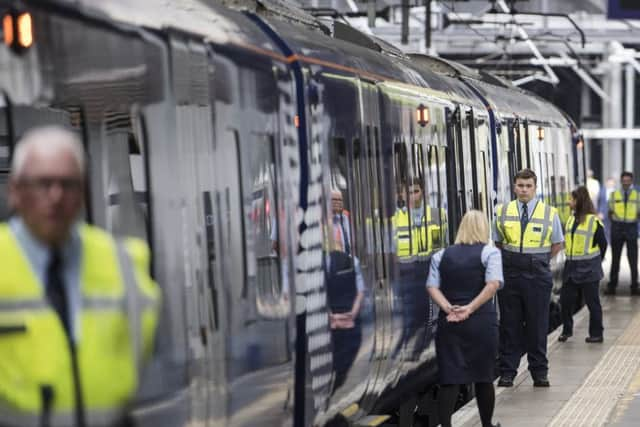Scotland weather: Why do rail tracks bend in the heat?
How are railway tracks affected by hot weather?
Around 20,000 miles of steel track criss-crosses the country, much of which is exposed to sunlight. According to Network Rail, tracks in direct sunshine can be as much as 20C hotter than the air temperature. As the mercury rises, the steel rail absorbs heat and expands, causing it to curve, known as buckling. The forces the temperature change pulls the track out of shape.


When do tracks buckle?
Advertisement
Hide AdAdvertisement
Hide AdNetwork Rail said its track has a “stress-free” temperature of 27C, which the company said is the UK mean summer rail temperature. It said more than three-quarters of its track is on concrete sleepers, which, when “fully compliant” with its standards, can withstand rail temperatures of more than 59C. But some sections of track are not designed to cope with that level of heat and are at risk of buckling.
How does Network Rail prevent buckling?
The company said it can roll out extreme weather action teams to ensure passenger safety and keep trains running during hot weather.
Weather conditions are monitored through specialist forecasters. Slower speed restrictions can be introduced to reduce the chances of buckling. Network Rail said it paints some track white as this makes it less heat-absorbent and reduces the temperature by 5C or 10C. Where a stretch of track is composed of short rail sections bolted together, gaps are left to allow for expansion.
Does this happen in other countries?
Other nations choose a higher stress temperature limit for their tracks, depending on the climate.